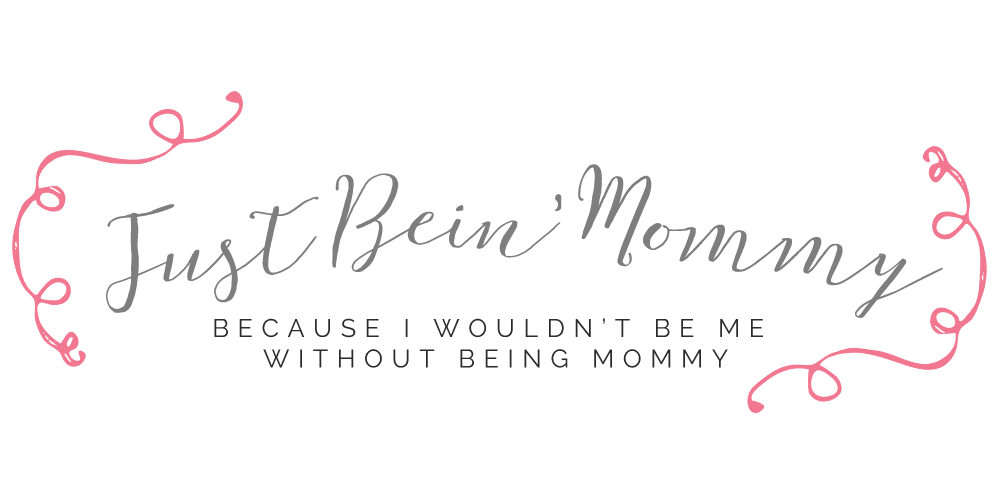No doubt you do everything you can to protect your family from hazards outside your home but are you aware of the hidden dangers in your home? Every year, millions of children sustain injuries while at home and many more experience health problems associated with their living conditions.

Unfortunately, many homeowners are simply unaware of the potential dangers which are present in family homes. By taking a proactive approach to health and safety at home, however, you can identify the most dangerous elements of your home and take action.
With a few simple changes, you’ll be astonished at how much safer you can make your home environment. To find out how you can enhance the safety of your home and improve the health of your family, take a look at these top tips now…
Make your bathroom safer
The majority of accidents in the home occur in bathrooms, which isn’t surprising when you think about it. Combining slippery surfaces with copious amounts of water really is a recipe for disaster. While slips, trips, and falls are common causes of injuries, there are other hazards to consider.
Your shower, tub, and sink are all capable of sending piping hot water into your bathroom. Although this presents a clear safety risk for anyone, scalding water and burns account for a significant number of children’s injuries. To minimize the risk of these types of injuries occurring, it’s vital you take preventative measures.
Although your bathroom is, generally, the most dangerous room in the home, there are measures you can take to make it safer. There are fitments you can add to your taps to reduce the maximum water temperature, for example. In addition to this, you can add anti-slip mats to your tub, shower tray and flooring to reduce the risk of slips and falls.
Similarly, if you have safety sockets in your bathroom, be sure to add socket covers. This will prevent children from placing anything in the socket and suffering an electrical injury. With relatively minor modifications, you can significantly increase the safety of your bathroom.
Add window locks
This might sound like a relatively simple measure, but you’d be surprised how many homeowners forget to add window locks to their property. When you have a newborn, windows may not pose too much of a threat. As soon as infants can pull themselves up, however, any type of window is a risk.
You can prevent youngsters from opening windows by adding appropriate locks. However, it is essential that you add locks to every functional window or door in your home. Even windows that don’t open very wide or aren’t used very often – it is still vital to stop your child from accessing them.
When it comes to windows, it isn’t just the locks you need to consider. Depending on the age of your property, your windows may still be comprised of standard glass. However, safety glass can be a better option for families, particularly if you have young children. As well as being harder to break, specially designed safety glass is made to minimize the risk of injuries when breakages do happen.
In addition to choosing safer windows and adding appropriate locks, you’ll also want to take a look at your furnishings. The tiebacks used to hold curtains open can seem like a great toy for inquisitive toddlers, for example. Similarly, blind cords have been responsible for a number of serious incidents involving children.
To make your home as safe as possible, make sure all window dressings are out of reach. Cutting blind cords, rather than tying them up, will ensure you never forget to put them out of harm’s way. Alternatively, you may want to replace your existing cords and fixtures with more child-friendly options.
Remove airborne contaminants
Children spend the majority of their time indoors, so it is important that, as parents, you ensure your home environment is as safe as possible. Although you might be primed to deal with threats outside your home, what’s happening inside your property is just as important. While you might assume that your children are safest when they’re at home, this might not necessarily be the case.
Frequently, the air quality inside our homes is poorer than we expect. As well as pollution entering your home via open windows and doors which you can read about at https://www.iqair.com/blog/air-quality/, you’ll find that there are a significant number of contaminants in your home already. Cleaning products, air fresheners, and even hand washes contain a surprising number of chemicals. In addition to this, the air in your home will inevitably carry dust particles too. If any mold is present in the property, you’re going to be breathing this in as well.
Of course, these types of contaminants can cause a range of health issues. From allergies and eye irritations to asthma and lung infections, your family could be at an increased risk of illness due to the air quality in your home.
By adding an air purifier, however, you can significantly enhance the quality of the air. As showcased on https://moonriverchattel.com/, air purifiers can successfully rid your home of harmful contaminants. By cleaning the air you breathe, you can minimize the dangerous pollutants your family is inhaling.
Furthermore, when you reduce the number of pollutants in the air, you’re lessening the load on your body’s filtration system and immune system. This allows them to function more effectively and cope with pollutants they do encounter more quickly.
Reduce fire risks
Smoke detectors are essential in every home, so be sure yours are fully functional and well-placed. However, smoke detectors aren’t the only form of fire protection you should have at home. Choosing fire resistant or flame material fabrics for your home can also reduce the risk of a fire starting and minimize the spread of flames if a fire does break out.
In addition to this, it is important to have the right equipment handy if your home is threatened by a fire. All homes should have functional fire extinguishers and fire blankets. What’s more, you should ensure that these are stored in various locations around your home, so that they are always accessible.
Younger children are more vulnerable in the event of a fire because they’re unable to escape without assistance. Due to this, you should have a clear evacuation plan in place and ensure that all adults in your home are fully aware of it. Hopefully, you will never need to use it but you’ll feel safer knowing that you are prepared for anything that may come your way
As well as protecting your family by installing smoke detectors in your home, make sure you add carbon monoxide alarms too. If you have any appliances which are powered by gas, a furnace or a boiler, you could be at risk of lethal carbon monoxide leaks. By installing alarms, you can ensure you’re alerted at the first sign of danger.
Keeping Your Home and Your Family Safe
Maintaining a safe and healthy home means making regular risk assessments and adjusting your routines accordingly, although this makes it sound a lot more complicated than it really is!
As your children grow, for example, the risks they will face will change as well. By being vigilant about dangers in the home, you can be proactive about them. As residential accidents account for a considerable number of injuries, you can drastically reduce the risk of someone getting hurt by making your home safer. With quick and easy modifications, you’ll find it easy to maintain a safe, happy and healthy environment for all the family.


